Intensive green roofs are very heavy structures (their load per 1 m2 can be between 290 and 970 kg depending on the thickness of the soil substrate and the plants placed on it, and additional items such as small townscape components) and costly to perform. They are installed in places where they can be used as conventional recreational areas, so that both shrubs and trees can be planted on them. In the world, we have a number of examples showing that large urban parks such as the Millennium Park in Chicago can be designed on roofs.
Intensive roofs have a minimum (substrate) thickness of 20 cm. An automatic irrigation system is required for watering.
Greening of intensive roofs:
The greening of such roofs is carried out in the same way as in the design of conventional gardens or parks.
- Planting appropriate plant species, according to a previously prepared design.
It is important that certain plant species are selected in such a way that they are adapted to the existing environmental conditions, inter alia, the thickness of the growing layer, the specific environmental conditions (large solar operation, water deficits, thermal stress (frost and high temperature), wind (often trees planted on roofs require additional anchorage).
Examples of intensive green roofs:
Jardin Atlantique, Paris
The Atlantic Park, one of the most famous post-modernist parks in the world, has been installed on the roof of Montparnasse train station. On the roof, in addition to the traditional garden symbolizing the coast of Normandy, with numerous pines and tall grasses reminiscent of the waters of the ocean, there are also tennis courts and a small museum. The space is used by both city residents and travelers, as well as employees of office buildings located around.
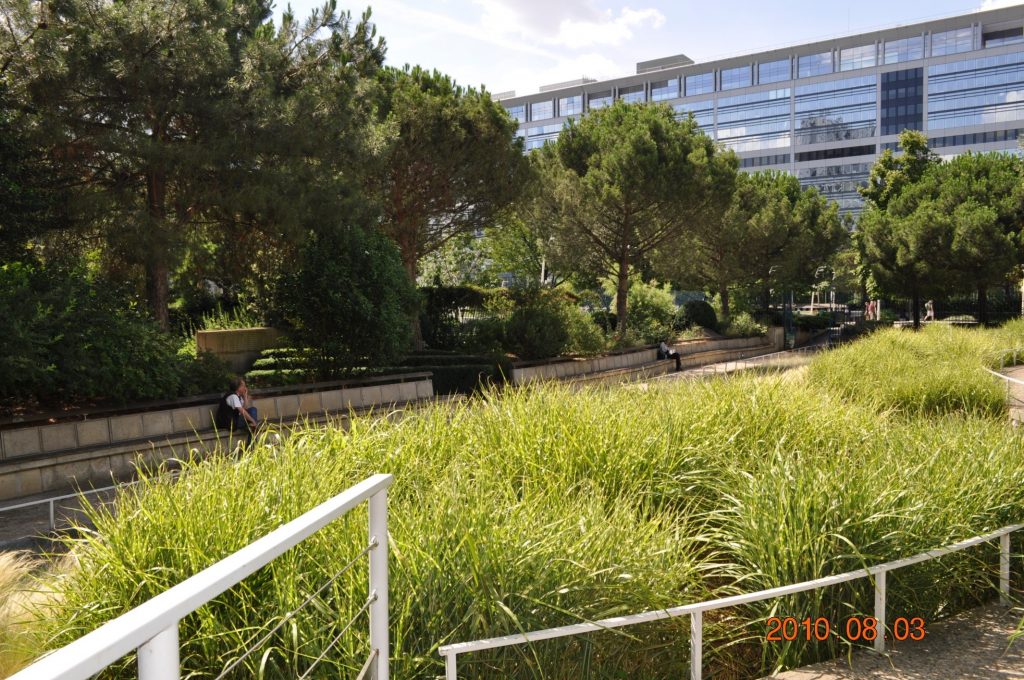


The roof on the BUW
The garden located on the Warsaw University Library (BUW) was built more than 20 years ago. There is a collection of plants on the roof – a small botanical garden – between which walking alleys have been laid, allowing visitors to move around the roof. Many people come here to relax, or to see the Vistula River panorama. The entire structure of the green roof is seamlessly linked to the lower park, where robust trees grow and watercourses have been designed.
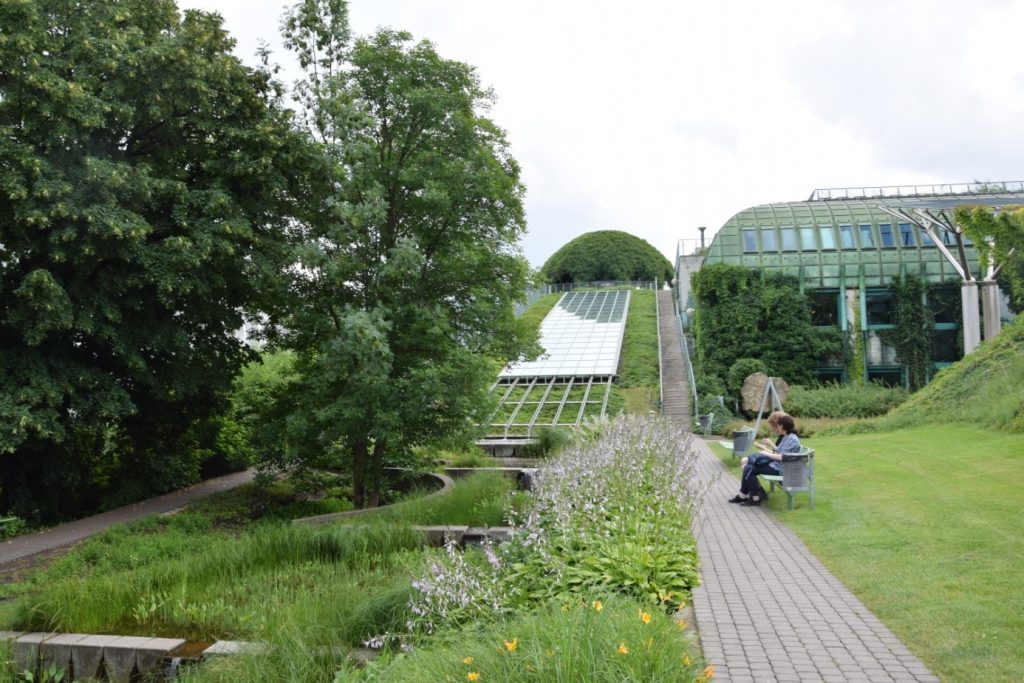
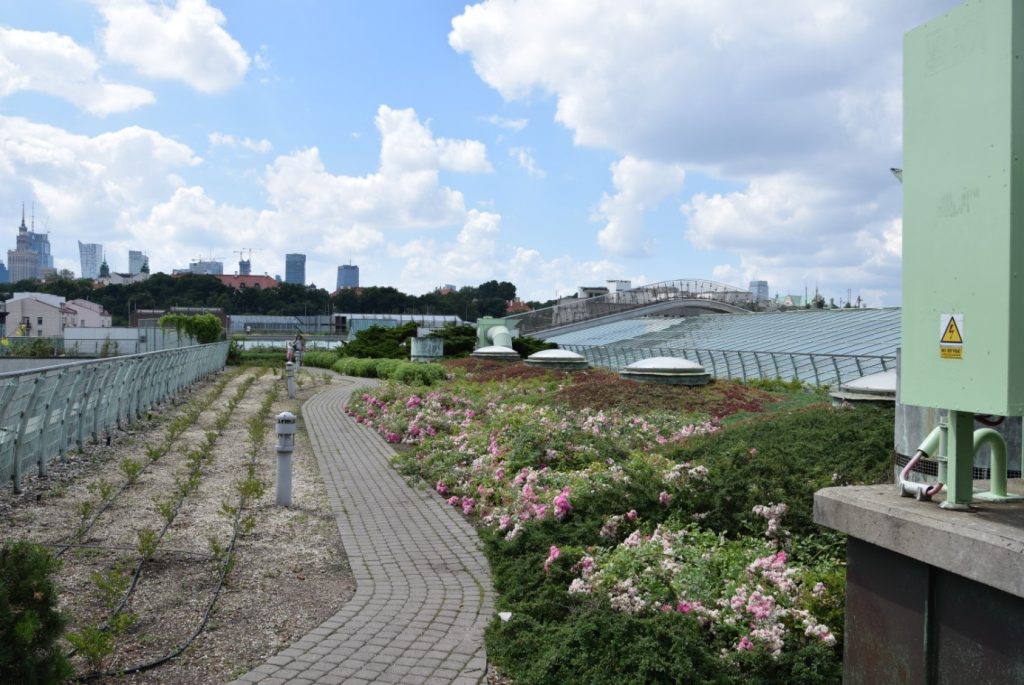
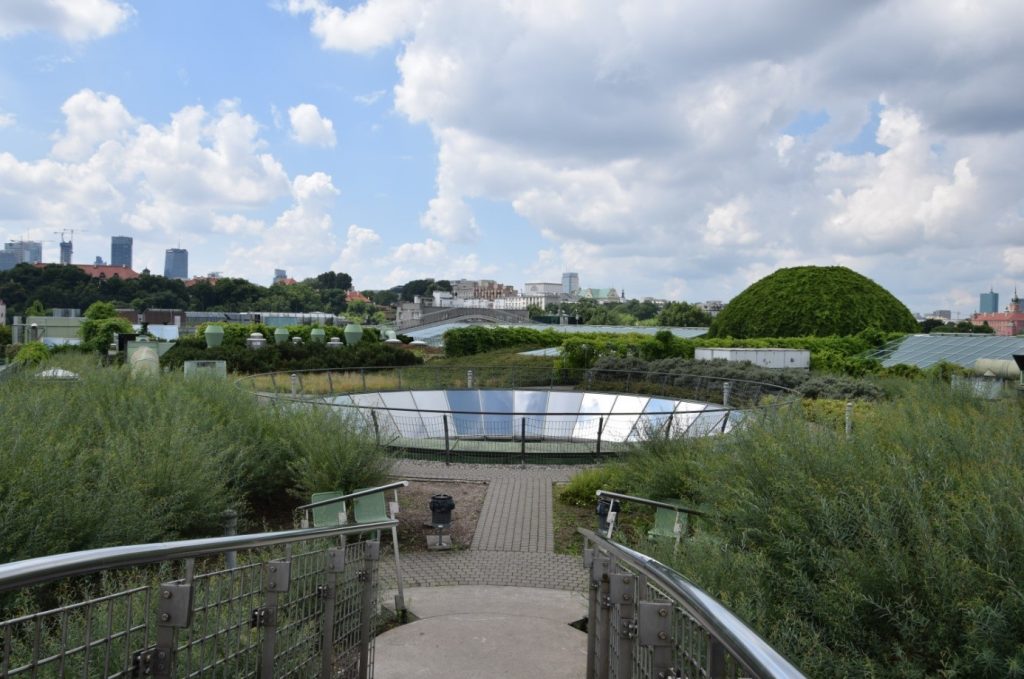
Lublin Roof
The roof garden located on the Zamkowe Tarasy [Castle Terraces] shopping center in Lublin became one of the places visited by the city’s residents as well as tourists. It is from here that you can see a panorama of the Lublin royal castle. The roof combines both the extensive and intensive green roof systems.
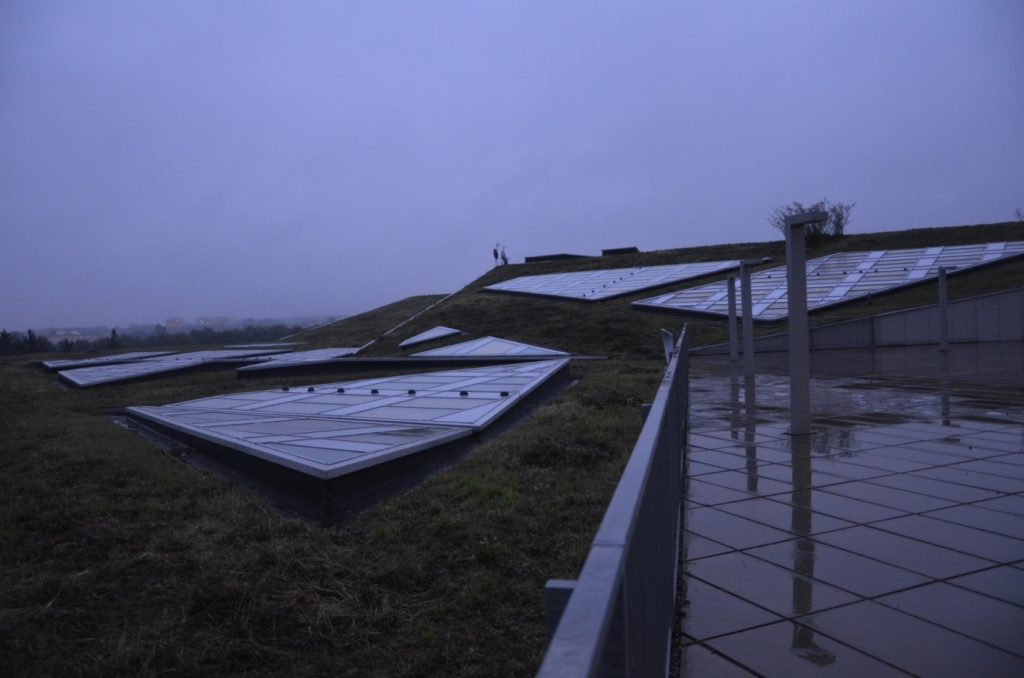
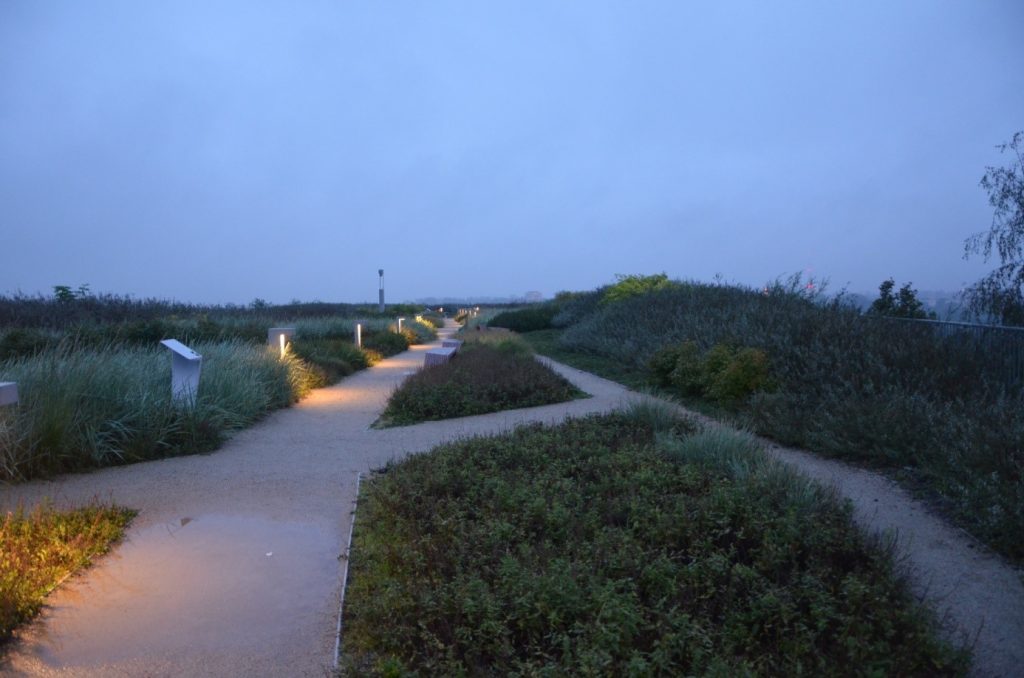
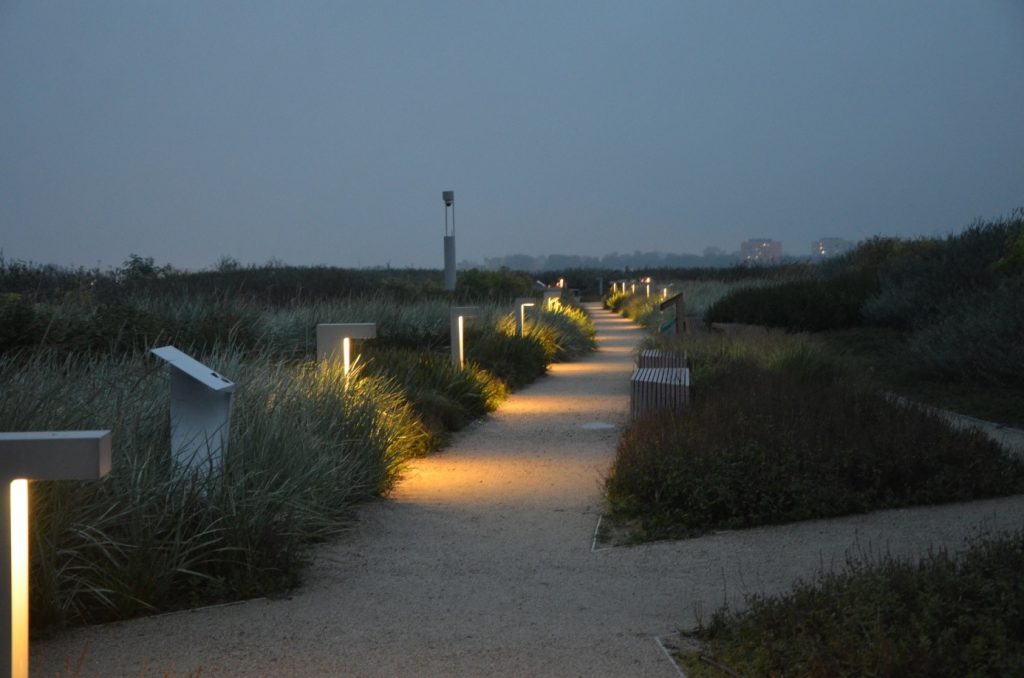
Sources and additional information:
Kania A., Mioduszewska M., Płonka P., Rabiński J., Skarżyński D., Walter E., Weber-Siwirska M., 2013, Zasady projektowania i wykonywania zielonych dachów i żyjących ścian, Agencja Reklamowo-Wydawnicza „Ostoja”, Kraków
